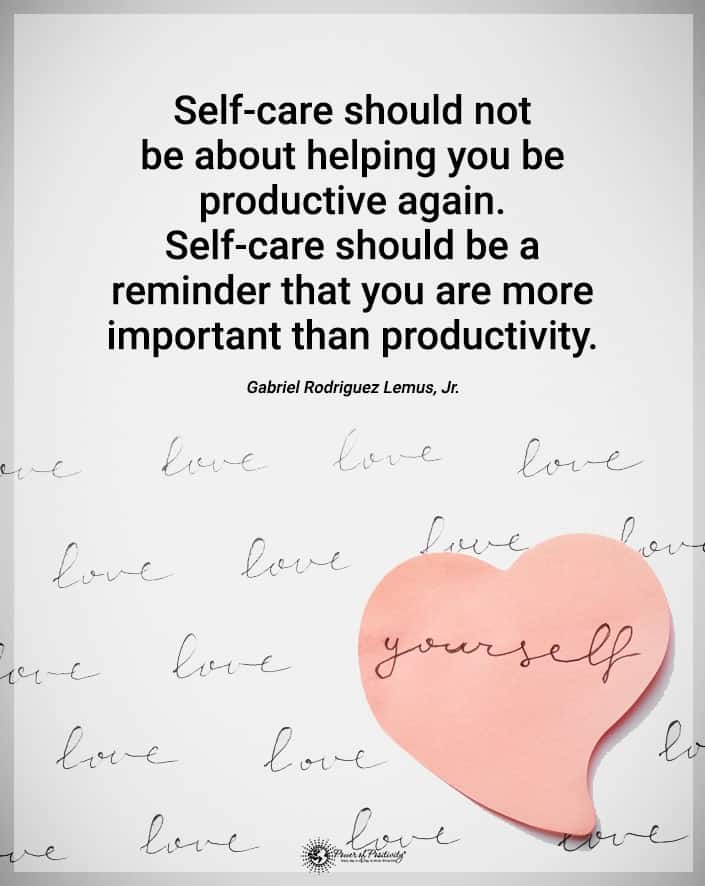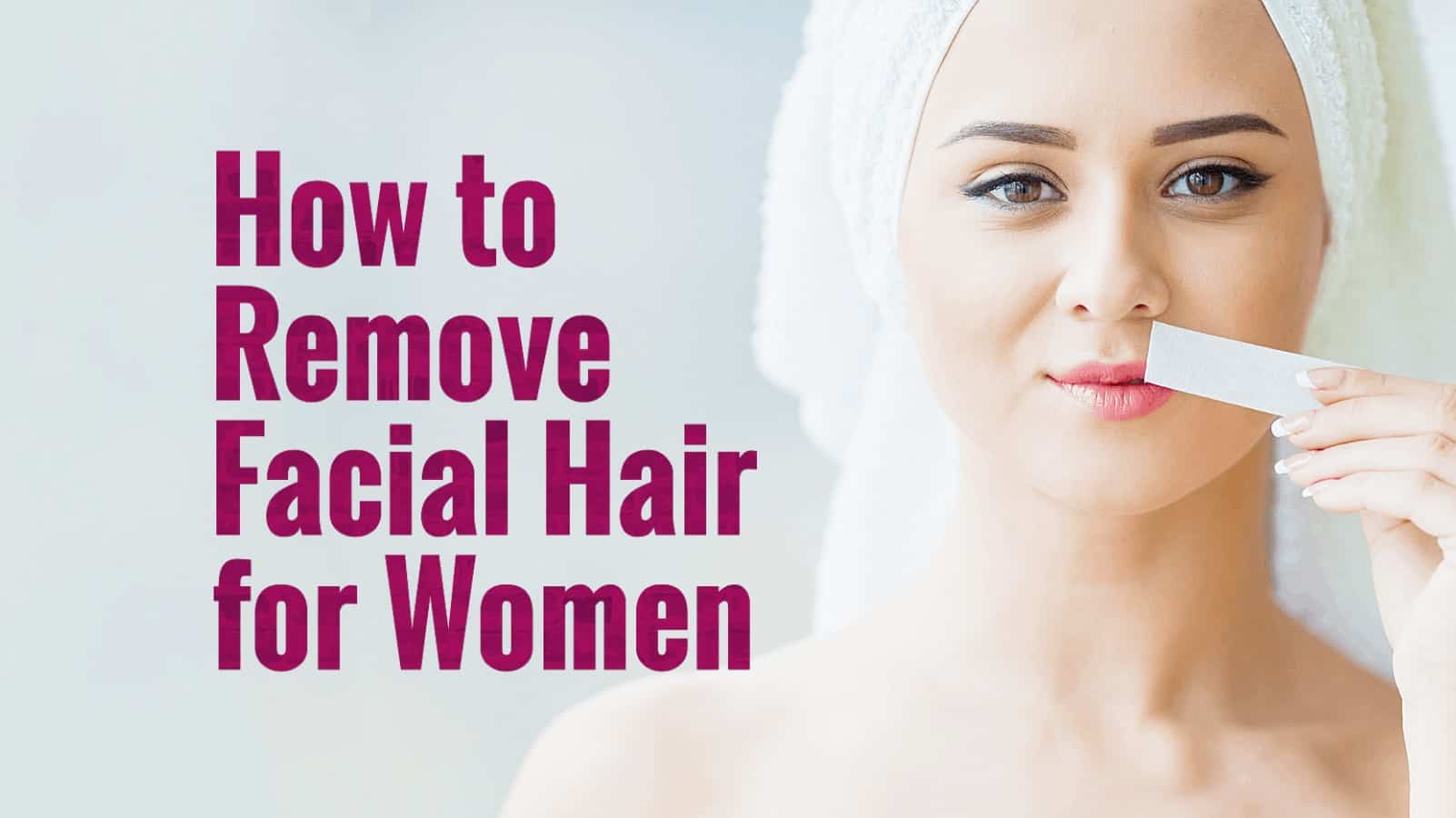Facial hair is a common occurrence, and while many think it only affects men, women get it, too. Men often embrace their facial hair, but women want to learn how to remove facial hair when they get it. Facial hair for women typically appears on their cheeks, jawline, or upper lip.
Facial hair on women can occur because of hormonal imbalances, medications, genetics, or medical conditions. While facial hair is essentially a harmless problem, it can interfere with the confidence levels of women. Sometimes facial hair on women can be a sign of an underlying condition, but in most cases, it is normal. Stubble and mustache removal is a must for women who cope with this condition.
Facial hair removal methods can sometimes be invasive or uncomfortable. Luckily, there are many options for gentle facial hair removal since you are dealing with delicate skin. No matter where the hair is on your face, finding ways to do it without irritation is ideal.
How to Remove Facial Hair for Women
When it comes to learning how to remove facial hair, you might feel lost at first, but there are plenty of options. You can try cosmetic treatments for removing facial hair or try home remedies with ingredients you already have. Whichever method you choose, figuring out how the best way to remove facial hair is life-changing for women.
 1. Shaving
1. Shaving
Shaving your facial hair is one of the easiest and fasted hair removal methods. It allows you to remove the hair quickly and continue about your day. You can safely shave facial hair on your upper lip, chin, eyebrows, and sideburns.
When you shave, the results aren’t permanent so, you’ll likely have to do it every couple of days. Wash your face and apply soap or shaving cream to achieve a smooth surface and prevent cuts. Once you’ve covered the skin surface, glide the razor over your skin in the direction of hair growth.
2. Tweezing
Tweezing is a hair removal method that requires plucking or pulling hair from the roots. It is an inexpensive and effective way to remove facial hair for women. You can use this method on any facial hair, but it is typically used for eyebrows.
The results of tweezing tend to last longer than shaving, lasting anywhere from three to eight weeks. Tweezing can be slightly uncomfortable but doesn’t usually become painful. If you experience pain or inflammation in the freshly tweezed area, rub an ice cube over it.
3. Epilation
Epilation is a hair removal technique that can keep facial hair away for up to four weeks. Epilators work by removing multiple hairs from the root at the same time. With this method, the hairs tend to grow back softer and finer, making them less noticeable.
Epilation doesn’t require skin preparation, but exfoliating a few days before can help soften the skin and prevent ingrown hairs. When you use an epilator, hold your skin taut and move in the direction of hair growth. Please don’t move the epilator too quickly or press too hard, as it can break the hair.
4. Waxing
Waxing is a way to remove all of the facial hair in one area. Use soft wax designed for facial hair. You can choose from wax strips that warm in your hands or wax melted in a warmer and applied with a stick. If you use the melted wax option, make sure to get plenty of sticks because you won’t want to dip the same one twice.
Before waxing your face, make sure to wash your hands and clean and exfoliate your face. Do a patch test on a small spot to see if you’re allergic before applying to the entire area. You should also make sure the wax isn’t too hot but melted enough to glide over your skin.
5. Laser Removal
While many facial hair removal techniques are temporary, laser removal can offer lasting results. Laser removal involves damaging hair follicles with pulsating beams. When the hair follicles are damaged, it results in the loss of facial hair.
After laser hair removal, the hair could come back after six months, but it will be finer and unnoticeable. In many instances, the hair never comes back, making it a permanent option. Laser hair removal can be used on the upper lip, chin, and other areas of your face, but you should avoid using it near your eyes.
6. Depilatory Creams
Depilatory creams remove facial hair and keep it away for a longer period than shaving. These creams contain sodium, titanium dioxide, and barium sulfide, breaking down proteins in the hair and making them dissolve and wash away. The chemicals are generally safe, but there is a risk that you will react to them.
If you haven’t used depilatory creams before, do a small patch test for sensitivity or an allergy. Wait 24 hours after the patch test, and if you haven’t experienced any skin redness, bumps, or itchiness, you can apply the cream to the entire area.
7. Threading
Threading is a hair removal method that you can use on your eyebrows, upper lip, side of the face, and chin. This technique uses thread to pull and twist unwanted hair from the face until it comes out of the follicle. Threading works better and lasts longer than shaving or tweezing, and it doesn’t cause ingrown hairs.
Another benefit of threading is that it doesn’t involve chemicals, so there’s no risk of a reaction. You might experience a little pain or discomfort during the process, but some threading technicians apply numbing cream to the area. Using a warm compress on the area after the process can help, too.
 8. Sugaring
8. Sugaring
Sugaring is gentler and less painful on the skin than waxing, and it uses natural ingredients like lemon juice, sugar, and water. The results of this hair removal method last for up to six weeks, much longer than other methods. While the process is similar to waxing, sugaring uses a pasty mixture of lemon, water, and sugar.
Sugaring also requires you to apply the paste in the opposite direction of hair growth and removing it in the same direction as the hair grows. The paste doesn’t stick to your skin like wax does, preventing irritation and hair follicle breakage.
9. Coil Hair Removers
Coil hair removers look like small slinkies, and they grab facial hair to remove it from the root. It is similar to tweezing but much faster since you don’t have to do each hair individually. While coil hair removers look complicated, they are easy to use.
Exfoliate your skin before using a coil hair remover to avoid getting ingrown hairs. This method works best on the upper lip, chin, and cheeks. You should avoid using it on your eyebrows, though, as you won’t get the shape you desire.
10. Electrolysis Session
Electrolysis for hair removal is approved by the FDA, making it a popular and safe option. This method uses an electric current and a fine needle-shaped electrode or metal probe.
The electrolysis process zaps individual hairs and requires several treatments for permanent results. Each treatment can last 15 minutes to an hour, and the number of treatments you need varies based on the case.
11. Prescription Creams
Prescription creams can eliminate unwanted facial hair for women. These creams aren’t permanent solutions, but they result in finer, softer hair when it grows back. Plus, prescription creams slow the growth of hair, allowing for smooth skin with continual use.
12. Hair Removal Creams
Hair removal creams, sometimes known as depilatories, dissolve the hair down to the root. The breakdown of the hair’s protein structure allows hair to come off easily once you remove the cream. These creams can cause irritation and skin issues if you have sensitive skin, so do a spot test first.
Natural Home Remedies to Remove Facial Hair
- Turmeric: This spice works to remove unwanted facial hair and inhibits further hair growth. Use turmeric and water to create a paste, and apply it all over your face. Rinse it off after five to ten minutes, repeating the process at least twice a week.
- Egg White: Egg whites help you get rid of unwanted facial hair and tone and minimize pores. To try this method, mix one egg white with one tablespoon of sugar and cornstarch, making a paste. Apply it to your face and let it sit for 25 minutes before peeling the paste off, repeating two to three times each week.
- Gelatin: Unflavored gelatin can help when you’re trying to learn how to remove facial hair. Mix one tablespoon of gelatin with three tablespoons of milk and a few drops of lemon juice. Heat the mixture in the microwave until it is warm, and then apply it to your face, peeling it off after ten minutes. Avoid accidentally getting it on your eyebrows, and use lavender if it irritates your skin.
- Raw Papaya: Papaya contains papain, which breaks down hair follicles and acts as an exfoliant. To use it on your face, grind peeled papaya and add one teaspoon of turmeric. Apply the mixture to your face, wiping it off in the opposite direction of hair growth after fifteen minutes.
 Final Thoughts on How to Remove Facial Hair
Final Thoughts on How to Remove Facial Hair
While facial hair is normal, women tend to want to get rid of it. If you are wondering how to remove facial hair, these methods can make a difference. They might not all work for you, so keep trying until you find the one that removes the facial hair.
Many of the hair removal methods aren’t permanent and might require regular treatment. Whichever method you decide to try, make sure to do a spot test to ensure you won’t experience adverse reactions. Once you figure out how to remove facial hair, your confidence levels will drastically improve.


















